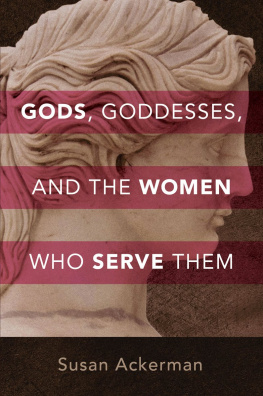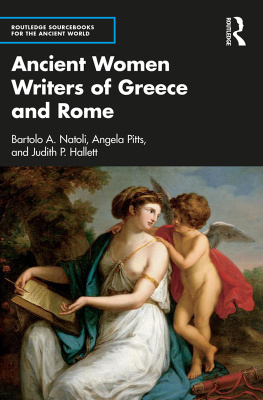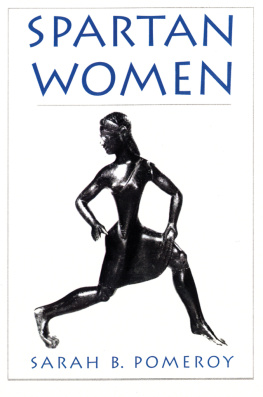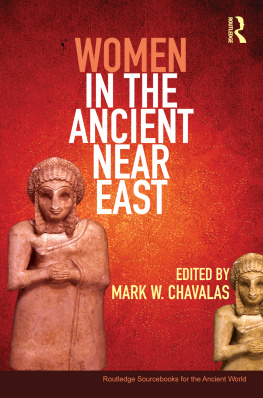Nicole Maria Brisch - Women and Religion in the Ancient Near East and Asia
Here you can read online Nicole Maria Brisch - Women and Religion in the Ancient Near East and Asia full text of the book (entire story) in english for free. Download pdf and epub, get meaning, cover and reviews about this ebook. year: 2023, publisher: De Gruyter, genre: Science. Description of the work, (preface) as well as reviews are available. Best literature library LitArk.com created for fans of good reading and offers a wide selection of genres:
Romance novel
Science fiction
Adventure
Detective
Science
History
Home and family
Prose
Art
Politics
Computer
Non-fiction
Religion
Business
Children
Humor
Choose a favorite category and find really read worthwhile books. Enjoy immersion in the world of imagination, feel the emotions of the characters or learn something new for yourself, make an fascinating discovery.

- Book:Women and Religion in the Ancient Near East and Asia
- Author:
- Publisher:De Gruyter
- Genre:
- Year:2023
- Rating:4 / 5
- Favourites:Add to favourites
- Your mark:
Women and Religion in the Ancient Near East and Asia: summary, description and annotation
We offer to read an annotation, description, summary or preface (depends on what the author of the book "Women and Religion in the Ancient Near East and Asia" wrote himself). If you haven't found the necessary information about the book — write in the comments, we will try to find it.
The recent years have seen an upswing in studies of women in the ancient Near East and related areas. This volume, which is the result of a Danish-Japanese collaboration, seeks to highlight women as actors within the sphere of the religious. In ancient Mesopotamia and other ancient civilizations, religious beliefs and practices permeated all aspects of society, and for this reason it is not possible to completely dissociate religion from politics, economy, or literature. Thus, the goal is to shift the perspective by highlighting the different ways in which the agency of women can be traced in the historical (and archaeological) record. This perspectival shift can be seen in studies of elite women, who actively contributed to (religious) gift-giving or participated in temple economies, or through showing the limits of elite womens agency in relation to diplomatic marriages. Additionally, several contributions examine the roles of women as religious officials and the language, worship, or invocation of goddesses. This volume does not aim at completeness but seeks to highlight points for further research and new perspectives.
Nicole Maria Brisch: author's other books
Who wrote Women and Religion in the Ancient Near East and Asia? Find out the surname, the name of the author of the book and a list of all author's works by series.








